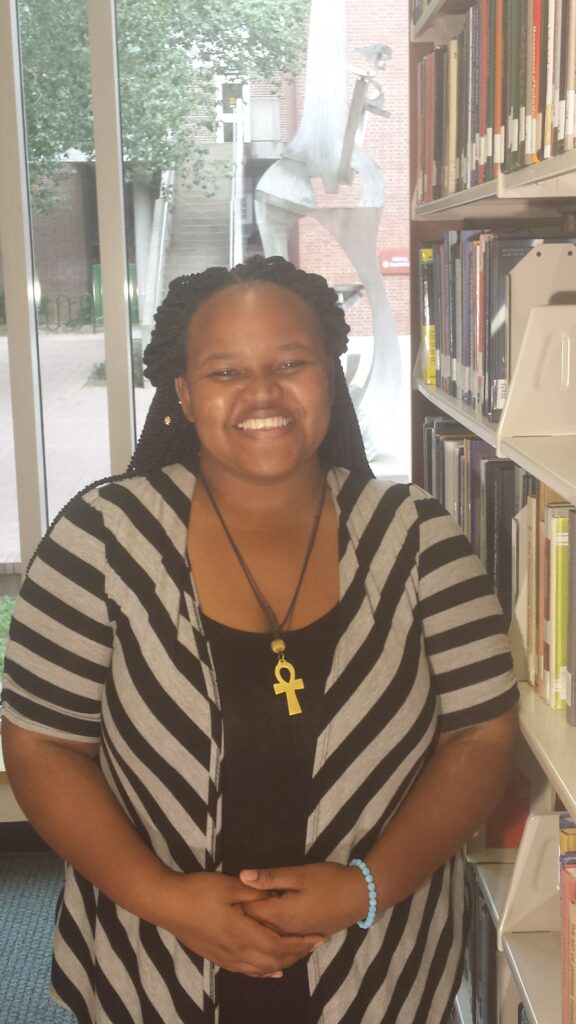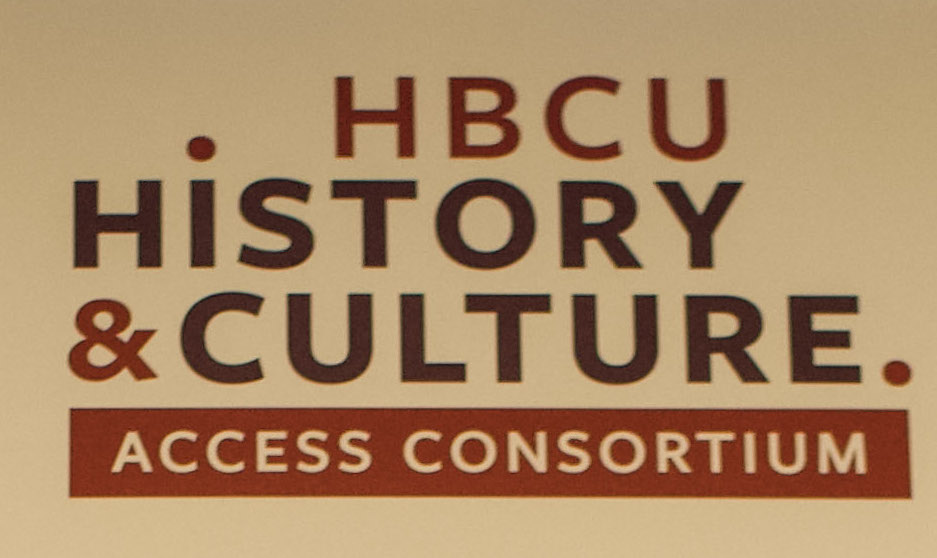“Thanks for joining our team, Marvin Bryd & Catiana Foster! We can’t wait to see what you’ll make happen.”

Marvin Byrd earned his Bachelor of Arts in History from Albany State University (ASU), with concentrations in American, European, and Non-Western History. He received his Master of Applied Social Sciences (MASS) with concentrations in African & African American History from Florida A&M University (FAMU). After graduation, he assisted in research for the Montague Collection in Tallahassee, Florida. The Montague Collection’s aim is to tell the black experience in America. Since June 2022, Marvin has served as the Digital Humanities Program Manager at Tuskegee University.

Catiana Foster earned her Bachelor of Arts in History from Albany State University (ASU), with concentrations in African American studies. She received her Master of Applied Social Sciences (MASS) with concentrations in African & African American History from Florida A&M University (FAMU). After graduation, she worked with the Knott House Museum as a Museum Educator, then Program Coordinator for the John G. Riley Center & Museum. She assisted with multiple projects such as the creation of the Frenchtown Historic markers and the Bond Community project. As of March 2023, Catiana has served as the Post-Doctoral Fellow in Digital Archives in the Library Services/ Archival Department at Tuskegee University.
